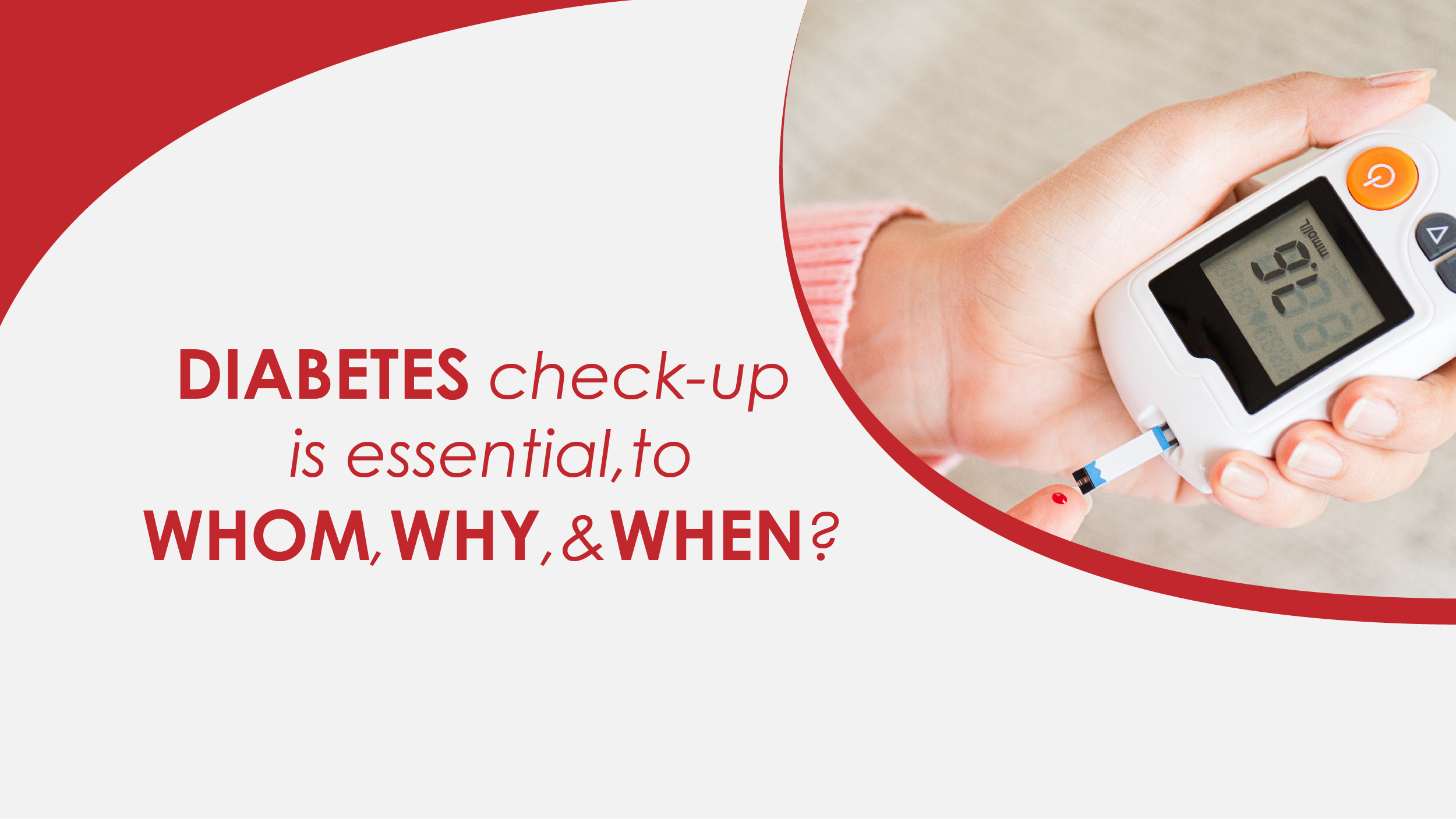Diabetes is a condition in which your body cannot break down and utilize Glucose from the food you eat. There are different types of Diabetes. Every type of Diabetes has its cause, but they all share a common problem: too much glucose in your bloodstream.
Treatment involves both medication and Insulin or either one of them. Some types deal with lifestyle changes.
What is Diabetes?
When your body can’t absorb sugar (Glucose) into its cells or use it for energy, it develops Diabetes. This results in an accumulation of sugar in your bloodstream. If the condition is controlled, it leads to complications in different organs and tissues of the body- including the heart, kidneys, nerves, and eyes.
Why Does Diabetes Occur, causes?
During digestion, the food you consume is broken down into nutrient sources. Whenever you consume carbohydrates, your body turns them into sugar (Glucose). It requires help from inside your body’s cells when Glucose is in your bloodstream. This help is Insulin, a hormone.
The pancreas produces this hormone, an organ located behind the stomach. Your pancreas secretes Insulin in your bloodstream. Insulin acts as the “key” that opens the cell wall, allowing Glucose into the body’s cells. It is Glucose that provides energy to tissues and organs.
If any person has Diabetes:
It means his pancreas is unable to make any or enough Insulin or His pancreas can make Insulin, but his body’s cells can’t use it as they should.
If Glucose is not absorbed by the body cells, it accumulates in the bloodstream, and blood glucose level rises.
Different types of Diabetes
Type1 Diabetes
Type 1 diabetes is found in 10% of people having Diabetes. This is an autoimmune disease in which one’s own body attacks itself. In this condition, the insulin-producing cells in the pancreas are destroyed. The condition is mostly found in children and young adults (but anyone can be affected). People with type1 Diabetes should take Insulin every day, known as Insulin-dependent Diabetes.
Type2 Diabetes
Diabetes of this type occurs when the body does not produce enough Insulin or respond appropriately to Insulin. Diabetes of this type is most common in people with type 2. Ninety-five percent of people with diabetes have type 2. This type usually affects older people and middle-aged people. Diabetes type 2 is also known as adult-onset Diabetes or insulin-resistant Diabetes. The condition might have been referred to as “having a touch of sugar.”
Prediabetes
Diabetes of this type occurs before Diabetes of type 2. While one’s blood glucose levels are higher than usual, one is not yet officially diagnosed as having type 2 diabetes.
Gestational Diabetes
The condition develops during pregnancy in some women. Usually, it disappears after pregnancy. However, anyone who develops gestational diabetes is at higher risk of developing Type 2 diabetes later on in life.
Who has the chance to get Diabetes?
About one in ten people of all ages is at risk of developing Diabetes. People become more likely to develop Diabetes with age. Diabetes affects more than 26% of adults over 65 years of age (1 in 4). All the other reasons that can cause Diabetes are: Having a family history, Injury to the pancreas, Presence of autoantibodies, Physical causes like surgery or illness or viral exposure, Being overweight, Having high blood pressure, Having low HDL cholesterol and high triglyceride levels, Being physically inactive, Being 45 years of age or older, Having Gestational Diabetes or giving birth to a baby weighing more than nine pounds, Having polycystic ovary syndrome, Having suffered a stroke or heart attack in the past, Being a smoker.
Symptoms of Diabetes
An increase in thirst, Weakness, fatigue, blurred vision, numbness or tingling in the hands or feet, sores and cuts that don’t heal well, Unexplained weight loss, Frequent urination, Frequent unexplained infections, Dry mouth. In women, dry and itchy skin and frequent yeast infections or urinary tract infections are common. In men, decreased sex drive, erectile dysfunction, and decreased muscle strength are significantly observed.
Tests must be conducted regularly for anyone who is affected by Diabetes.
Basic Diabetes tests
HBA1C–a test for long-term blood sugar control.
HBS–A positive HBsAg test
PLBS–Postprandial glucose test.
CUE– Complete Urine Examination.
All these are the basic diabetes tests are conducted in Dr. Remedies Labs as a package at the best prices. For more details, visit Remedies Labs
Why is it important to check for diabetes?
It is especially significant to monitor your blood glucose level if you take insulin. A blood glucose monitor can help you make better decisions about your diet, physical activity, and medications based on the results. Knowing your blood glucose level is essential as part of your diabetes management.
Is diabetes curable?
Though there is still no cure for type 2 diabetes, our scientists are working on a groundbreaking study to help people regain control over their condition. The state of remission occurs when blood glucose (or blood sugar) levels return to normal.
What are the 10 best fruits and vegetables for diabetic patients?
Ten different fruits and vegetables for the diabetes diet Berries: Blueberries and other berries are nutritious for diabetes diets because they contain antioxidants that help prevent cell damage. Citrus fruits, Apples, Cherries, Leafy greens, Sweet potato, Broccoli, Asparagus, Red onion, Zucchini, etc.
Is it necessary for a diabetic checkup to avoid the complications of diabetes?
Routine tests and checkups are important for managing diabetes and spotting problems early to avoid complications.
What are the 3 most common symptoms of undiagnosed diabetes?
Diabetes is a metabolic problem caused by having too much blood sugar (glucose), also known as hyperglycemia. There are three common symptoms of undiagnosed diabetes. They are thirst, urination, and hunger.
What is the best medication for a Diabetic?
For decades, Metformin has been recommended as first-line therapy for patients with type 2 diabetes because it is a tried and tested medicine. Most people can tolerate it well and find it affordable, safe, and effective.

